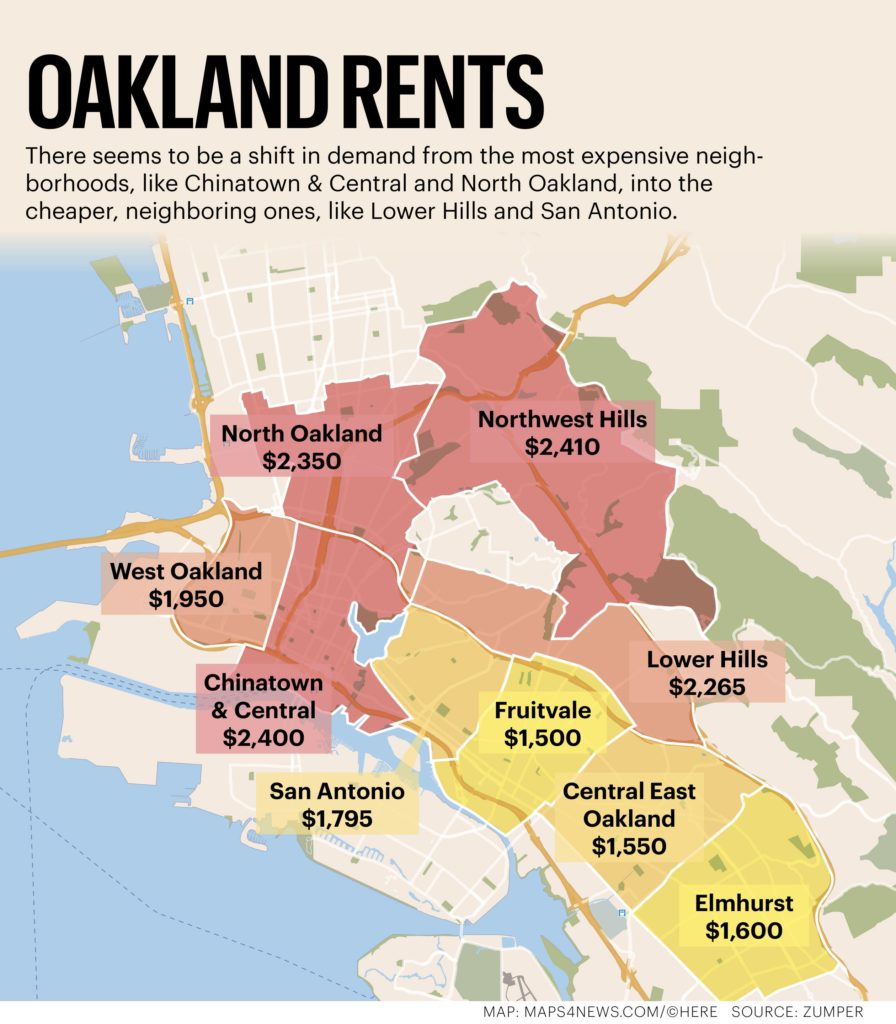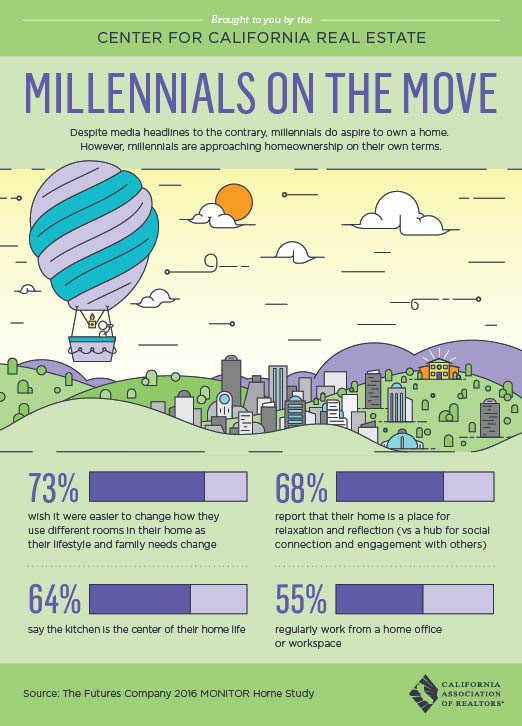Two tech startups headquartered in the San Francisco Bay Area said Tuesday they’re expanding elsewhere, establishing offices and hiring hundreds of employees in North Carolina and Arizona at much lower cost than here.
San Francisco fintech Credit Karma, which only last week said it would enter the tax-preparation business, wasted no time in staking out an office for the service in Charlotte. Palo Alto-based Houzz, a home remodeling and design web site, will open a sales and client services office in Tempe.
 The yuan began plummeting in August, driving the Chinese currency to a five-year low versus the U.S. dollar. The Chinese authorities have been compelled to increasingly tighten the noose on cross-border capital flows to defend the yuan and to slow down the burnout of the nation’s foreign-exchange reserves since then. This includes increasing scrutiny of transfers overseas, to closely check whether individuals send money abroad by breaking up foreign-currency purchases into smaller transactions.
The yuan began plummeting in August, driving the Chinese currency to a five-year low versus the U.S. dollar. The Chinese authorities have been compelled to increasingly tighten the noose on cross-border capital flows to defend the yuan and to slow down the burnout of the nation’s foreign-exchange reserves since then. This includes increasing scrutiny of transfers overseas, to closely check whether individuals send money abroad by breaking up foreign-currency purchases into smaller transactions.
Read more in the full article at SFGate.
Ken Rosen sides with those cautioning a downturn at his recent speech in San Francisco.
According to a recent San Francisco Business Times article:
Two great risks could bring an end to the Bay Area’s boom times: a hard economic landing in China or major players in the capital markets coming to their senses, warned Ken Rosen, chairman of the Fisher Center for Real Estate and Urban Economics at UC Berkeley.
“This is the biggest boom we’ve ever had, and I have to tell you, ‘Booms never end well,'” Rosen said in speaking Monday at the Fisher Center’s 38th annual Real Estate & Economics Symposium held at the Westin St. Francis hotel in San Francisco.
“China is the single greatest risk,” Rosen said.
Far be it from me to argue with such a luminary, but I still see the Bay Area’s greatest risk being the increasing cost of housing (driven by NIMBYism) – as this translates into a direct cost of doing business which will continue to deter new endeavors and push existing projects into relocating instead of expanding – we’re reaching a structural cap on how much economic growth our housing stock and infrastructure (especially transportation) can handle.
Of course, a recession could solve those problems pretty quickly in the short term, but the business cycle will continue to turn and we need to plan ahead for the long term, not just the next couple of years.
Unlike the lone commissioner who voted against the project, I do believe Oakland can build its way out of it’s current housing crunch, and the Merritt and East Lake neighborhoods are a great next step:
- Easy access to the amenities surrounding Lake Merritt
- BART
- Plentiful multi-family residences waiting for renovation and health/safety upgrades
- Beautiful turn-of-the-century single-family housing stock
Schools and crime remain serious issues – but ones that should not deter us from rejuvenating this section of town. Only by providing as much new housing as possible can we hope to ease the affordability crisis.
“The Oakland Planning Commission approved a 24-story residential tower on the east edge of Lake Merritt on Wednesday, rebuffing a parade of neighborhood critics who fear market-rate development would spur further gentrification.”
Studying demographics isn’t exactly on the top of the most people’s lists of ways to spend our small amount of leisure time (I’m an outlier in this regard).
It does matter if you are making investment decisions now that won’t play out for years to come, such as purchasing your first single-family home.
Regular clients know that one of my primary discussions with them prior to a purchase is how long they intend to stay in their home. These decisions have big implications, the largest probably being interest rate risk. Also very relevant, though, is keeping an eye on who will be looking to purchase your property when you decide to sell.
One of the best resources I’ve come across for this information is blogger Bill McBride, whom I’ve been reading on a daily basis for years now. For anyone unacquainted with his work, a look at his website Calculated Risk is encouraged. For a quick synopsis of some of his thinking, please see the Business Insider article on him linked below.
While I’m heartened that Bill is very encouraged by the growth in the economy and the potential support for single-family housing given the demographic trends – I still think we should keep a close eye on the income levels Millennials will be able to maintain, and whether this will be enough to support the purchase of the assets Boomers will be selling to fund their retirements.
McBride argues that currently, with so many 20-to-24-year-olds, the demographics are very favorable to apartment renting. And so of course these days, the multi-family housing sector has been leading the way. And you hear all these stories about how people aren’t into homeownership anymore. But the demographics that are currently favorable to apartments will turn into demographics favorable to homeownership, as the cohort gets older, moves into higher paying jobs, and wants more space for those new babies.
For the data-driven like myself, our local MLS’s inclusion of a “Number of Offers” field last year was a very welcome gift. I’ve since kept tabs on how many bidding wars we’ve been getting ourselves into, and the numbers align with the re-balancing of the market we’ve seen underway.

At our peak, a stunning 45% of the homes offered for sale in Berkeley received more than five offers. That number has since dropped to 22% for August. Unsurprisingly, the most active listings were on the lower to mid-range for the area (in Berkeley the average list price to receive the highest number of offers was $759k).
How much did these bidding wars help the Sellers? Average overbid on my Berkeley sample was a whopping $223k over list price. I expect the number of bidding wars will continue to decline as the market stabilizes.
Now that our property markets seem to be balancing and the days of double-digit appreciation have subsided, I’ve had many conversations with investors over what the medium-term outlook for the Bay Area could be.
The obvious factors are all in play; interest rates, demographics, supply increases and rising incomes. One of the hardest to pin down is the inflow of buyers from overseas, which has been increasing mightily over the last two years.
This recent WSJ article does a good job of laying out both the attractions for migration and the scale of the potential; it quotes a recent study finding that 64% of wealthy Chinese had plans to leave and points out why:
To be sure, the departure of China’s brightest and best for study and work isn’t a fresh phenomenon. China’s communist revolution was led, after all, by intellectuals schooled in Europe. What’s new is that they are planning to leave the country in its ascendancy. More and more talented Chinese are looking at the upward trajectory of this emerging superpower and deciding, nevertheless, that they’re better off elsewhere.
The decision to go is often a mix of push and pull. The elite are discovering that they can buy a comfortable lifestyle at surprisingly affordable prices in places such as California and the Australian Gold Coast, while no amount of money can purchase an escape in China from the immense problems afflicting its urban society: pollution, food safety, a broken education system. The new political era of President Xi Jinping, meanwhile, has created as much anxiety as hope.
via The Great Chinese Exodus – WSJ.
That said, one ex-pat I’d been discussing this with reminded me that all of the rules regarding capital controls are still on the books in China. What remains to be seen is how quickly the PRC could begin to enforce them should they want to stem the tide.
My long-time clients who check in to see how the market is doing will remember that one of the key statistics I watch is growth in the median wage.
A recent article in the Contra Costa Times highlights how well the Bay Area is doing in this regard. While affordability will begin to dampen further price increases, as our local economy continues to outpace the rest of the nation and interest rates remain historically low, we’ll see a solid floor to our real estate market for the medium term with some upside should inflation begin to pick up – the wild card along the West Coast will be whether the inflow of money from China, India and others continue as investors abroad seek a safe haven for their capital:
Wages and benefits for private industry employees in the Bay Area are rising more quickly than in any other major metro region in the country and twice as fast as the national average, a government survey released Tuesday shows.
“It’s tech. High tech is driving this,” said Christopher Thornberg, founding partner with Beacon Economics. “The Bay Area has one of the strongest economies in the nation.”
Total compensation — measured as the combination of wages, salaries and benefits — for people working in private industry in the nine-county Bay Area rose 4.6 percent over the 12 months that ended in June, the U.S. Bureau of Labor Statistics reported.
via Bay Area wages and benefits rising twice as fast as national average – ContraCostaTimes.com.




